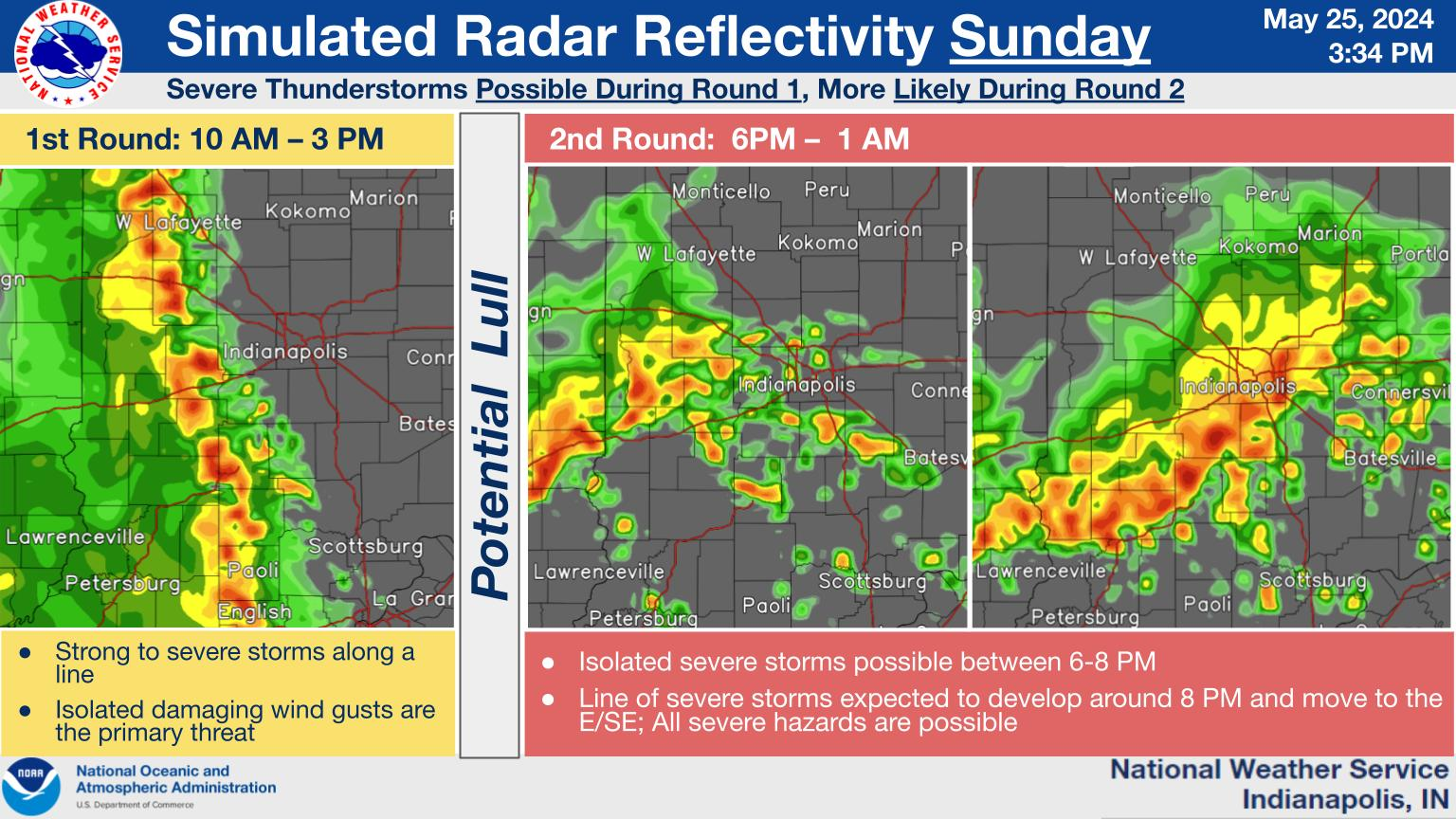Indianapolis Weather Radar Overview

Indianapolis weather radar is a critical tool for monitoring and forecasting weather conditions in the Indianapolis metropolitan area and surrounding regions. It provides real-time data on precipitation, wind speed and direction, and other atmospheric conditions, helping meteorologists and emergency responders make informed decisions to protect life and property.
History of Weather Radar in Indianapolis
The first weather radar system in Indianapolis was installed in 1953 at the Indianapolis International Airport. This early system used a 10-centimeter wavelength and had a range of about 100 miles. Over the years, the technology has evolved significantly, with the current radar system using a 1.25-centimeter wavelength and having a range of over 250 miles.
The Indianapolis weather radar shows that the city is currently experiencing light rain. The rain is expected to continue for the next few hours, but it is not expected to be heavy. The radar also shows that there is a chance of thunderstorms later this afternoon.
For those who are interested in the Indianapolis 500, who’s winning the indianapolis 500 , the race is currently underway and can be viewed on NBC. The Indianapolis weather radar will continue to monitor the weather conditions and will provide updates as needed.
Current State-of-the-Art Weather Radar Systems, Indianapolis weather radar
The current weather radar system in Indianapolis is a dual-polarization radar, which means it can transmit and receive both horizontal and vertical polarization waves. This allows meteorologists to distinguish between different types of precipitation, such as rain, snow, and hail, and to estimate the size and shape of precipitation particles.
Utilizing Indianapolis Weather Radar Data

Accessing and interpreting Indianapolis weather radar data is crucial for staying informed about impending weather conditions. There are several ways to do this, including weather radar apps and websites. These platforms provide real-time data and allow users to track the movement and intensity of precipitation.
Weather Radar Apps and Websites
Numerous weather radar apps and websites offer Indianapolis-specific data. These platforms typically display interactive maps that show the location and movement of precipitation. Users can zoom in and out to view specific areas and adjust the time frame to see how weather patterns have evolved or are predicted to change.
Identifying Weather Patterns and Features
Weather radar data can reveal various weather patterns and features, including:
– Precipitation: Radar can detect the intensity and type of precipitation, such as rain, snow, or hail.
– Cloud Cover: Radar can indicate the presence and thickness of cloud cover, helping users anticipate potential precipitation.
– Wind Direction and Speed: Some radar systems can estimate wind direction and speed, providing insights into storm movement.
– Hail Size: Advanced radar systems can estimate the size of hailstones, aiding in severe weather warnings.
Understanding these patterns and features allows users to make informed decisions about their activities and safety precautions.
Applications of Indianapolis Weather Radar

Indianapolis weather radar is a powerful tool used by meteorologists and weather enthusiasts alike. It provides real-time data on precipitation, wind speed, and direction, which can be used to forecast weather patterns and track severe weather events.
One of the most important applications of Indianapolis weather radar is in weather forecasting. By tracking the movement and intensity of precipitation, meteorologists can make accurate predictions about the timing and severity of storms. This information is essential for public safety, as it allows people to take precautions to protect themselves and their property.
Tracking and Predicting Severe Weather Events
Indianapolis weather radar is also used to track and predict severe weather events, such as tornadoes, hailstorms, and flash floods. By identifying the characteristics of these storms, meteorologists can issue timely warnings, giving people time to seek shelter and avoid danger.
For example, in 2011, Indianapolis weather radar detected a tornado approaching the city. The National Weather Service issued a tornado warning, and people in the affected areas were able to take shelter before the tornado struck. As a result, there were no fatalities or serious injuries.
Mitigating Weather-Related Risks
Indianapolis weather radar is also used to mitigate weather-related risks. By providing real-time data on precipitation and wind, businesses and government agencies can make informed decisions about how to protect their operations and the public. For example, airports use weather radar to track storms and avoid delays. Construction companies use weather radar to schedule work around bad weather. And farmers use weather radar to protect their crops from hail and wind damage.